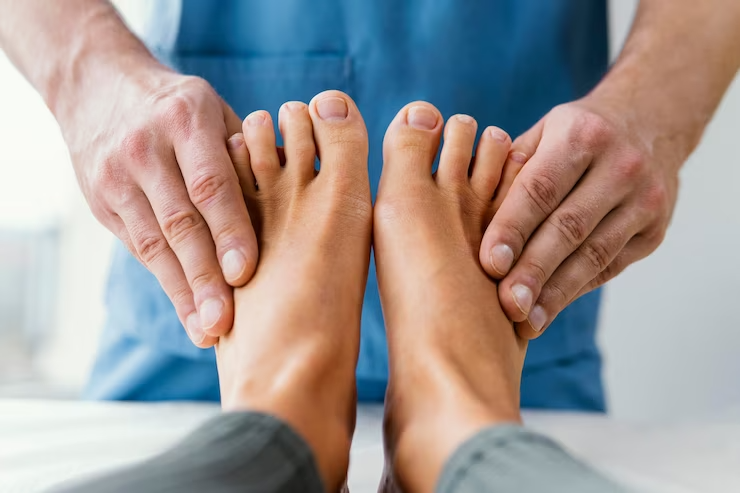If you have ever had foot pain, a visit to your orthotics specialist might be in order. Orthotics are devices that help support and align the extremities of the feet, ankles, knees, and hips. They also provide stability for those with orthopedic problems or who need assistance with balance or mobility issues. Read on to learn more about the purpose of orthotics and how they can help!
What are foot orthotics?
Sometimes referred to as a shoe insert or arch support, a foot orthotic is a device that corrects alignment problems in your feet and in the joints above them. Orthotics function in the same way as glasses; they correct your posture but only while you are wearing them.
What types of problems can foot orthotics help with?
Orthotics may help with numerous conditions, including:
- Heel, arch, knee, shin, hip and back pain (and other problems caused by the lower extremity)
- Tension, strain, or points pressure on the foot
- Bunions
We suggest that you see a Physiotherapist or Chiropractor to find the most appropriate treatment for you.
Can orthotics aid in the relief of back pain?
Yes. Orthotics can help with back pain caused by another part of the body. Gait or walking patterns can be a contributing factor.
Is it possible to alleviate diabetic or arthritis-related foot problems with orthotics?
Yes. There are several things to think about if someone is suffering from diabetic or arthritic foot discomfort. Typically, a pain treatment program for these disorders includes using the softest or shock-absorbing orthotics feasible.
Choose a custom or off-the-shelf orthotic?
Made specifically for each person’s needs, custom orthotics may be expensive, but they are comfortable. The lab uses a 3D image and/or cast/impression of the foot to create a 3D model used to make the orthotic.
Off-the-shelf orthotics, on the other hand, are not made to meet the needs of a particular group or person. Those who have good body alignment and mechanics but are experiencing pain and general discomfort may benefit from an off-the-shelf insole for extra support, although it may be a new pair of shoes are all they need.
When should custom orthotics be replaced?
Things to consider for orthotics; how much time are you spending on them, for example? What material is it made from? What is the condition trying to be addressed? When symptoms begin to return, it’s generally an indication that it’s time for new ones. The typical rule of thumb for orthotics is every two years.
Pronation and Supination – what are they?
Pronation: When you walk, the toes should naturally point in. A tiny amount of pronation is natural and necessary.
Supination: The outward tipping of the foot frequently induces knee and lateral hip strain.
Getting Fitted
Consider getting fitted for an orthotic if you are having difficulties with your lower extremities. Give us a call at (905) 796-6662 or contact us via email (info@physiotherapyfirst.ca) to learn more about our orthotics, our services, and to schedule an appointment with our offices. We’ll find what’s right for you!


